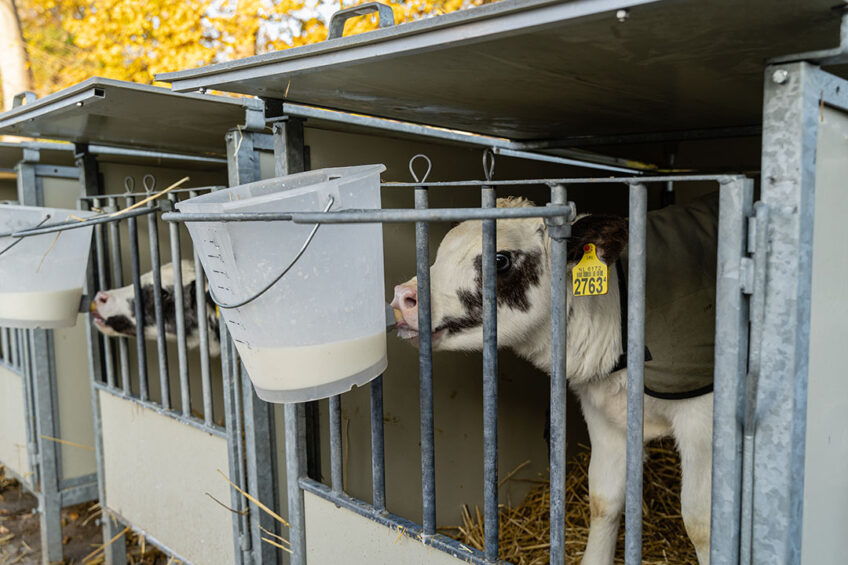Technology for earlier diagnosis of bovine respiratory disease

Precision technologies can help catch calf-killing infections earlier, according to US-based research.
Studies at 3 US universities have found that monitoring dairy calves with precision technologies based on the “internet of things” leads to the earlier diagnosis of calf-killing bovine respiratory disease.
Researchers at Penn State University, the University of Kentucky and The University of Vermont say the findings will offer dairy producers an opportunity to improve the economies of their farms.
Melissa Cantor, assistant professor at Penn State College of Agricultural Sciences, said the new technology was becoming increasingly affordable and offered farmers the chance to detect animal health issues soon enough to intervene, saving calves and the investment they represent.
Cantor said IoT, with its embedded devices equipped with sensors, processing and communication abilities, software and other technologies to connect and exchange data with other devices over the internet, enabled farmers to closely watch and analyse calf conditions.
Sick and healthy calves
IoT does generate a huge amount of data and so to make it easier to understand and provide evidence of calf health problems, the researchers adopted machine learning – a branch of artificial intelligence that learns the hidden patterns in the data to discriminate between sick and healthy calves.
“We put leg bands on the calves, which record activity behaviour data in dairy cattle, such as the number of steps and lying time. And we used automatic feeders, which dispense milk and grain and record feeding behaviours, such as the number of visits and litres of consumed milk. Information from these sources signalled when a calf’s condition was on the verge of deteriorating.”
Bovine respiratory disease is an infection of the respiratory tract that is the main reason for antimicrobial use in dairy calves and represents more than a fifth (22%) of calf mortalities. The costs and effects of the ailment can severely damage a farm’s economy, since raising dairy calves is a huge economic investment.
“Diagnosing bovine respiratory disease requires intensive and specialised labour that is hard to find. So, precision technologies based on IoT devices such as automatic feeders, scales and accelerometers can help detect behavioural changes before outward clinical signs of the disease are manifested.”
The study looked at 159 dairy calves using precision livestock technologies and by researchers who performed daily physical health exams on the calves at the University of Kentucky. Both automatic and manual data results were collected and compared.
The results, published in IEEE Access, a peer-reviewed open-access scientific journal, published by the Institute of Electrical and Electronics Engineers, found the proposed approach was able to identify calves that developed bovine respiratory disease sooner.
The system achieved an accuracy of 885 for labelling sick and healthy calves with 70% of sick calves predicted 4 days prior to actual diagnosis and 80% of calves that developed a chronic case of the disease detected within the first 5 days of sickness.
“We were really surprised to find out that the relationship with the behavioural changes in those animals was very different than animals that got better with 1 treatment,” she said. “Nobody had ever looked at that before. We came up with the concept that if these animals actually behave differently, then there’s probably a chance that IoT technologies empowered with machine learning inference techniques could actually identify them sooner, before anybody can with the naked eye. That offers producers options.”
The paper can be found here.
Join 13,000+ subscribers
Subscribe to our newsletter to stay updated about all the need-to-know content in the dairy sector, two times a week.










